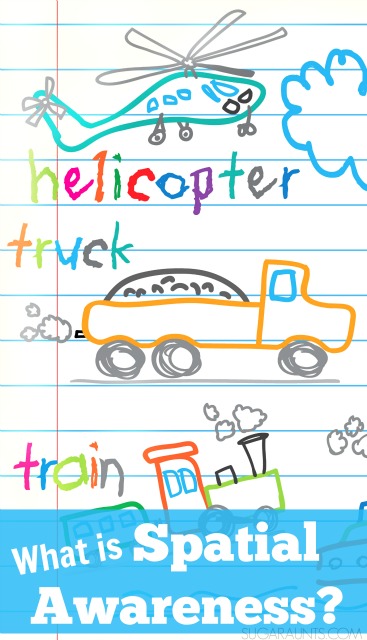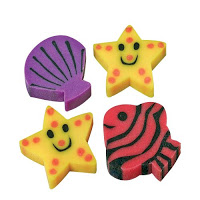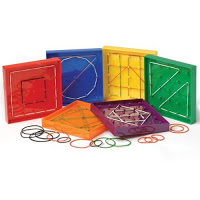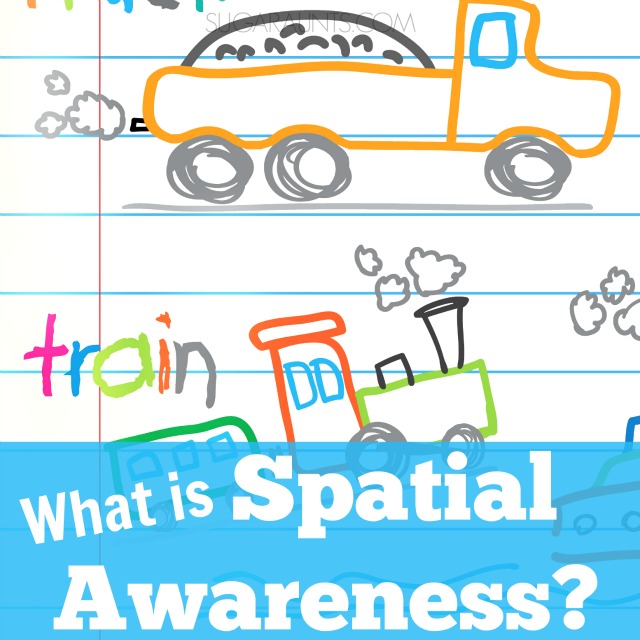For kids that struggle with body awareness, position-in-space, and overall spatial understanding, spatial awareness toys are fun ways to develop a specific set of skills that impact function of every day tasks. Occupational therapy toys like these space-based play support development of these areas. Want to help kids become more aware of their body position, the space that they need to function, write, and perform tasks through play? Here we are talking spatial awareness toys!
Let’s talk toys to support spatial awareness skills.
Amazon affiliate links are included in this blog post. As an Amazon Influencer, I earn from qualifying purchases.
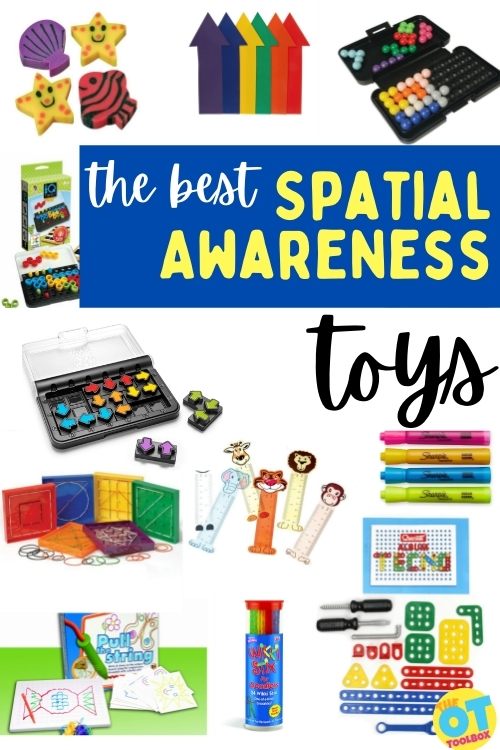
Spatial Awareness Toys
In this post, we’ll cover a few different things:
- Spatial Awareness Definition
- Spatial awareness activities
- An easy spatial awareness tool for handwriting
- Spatial awareness toys
Kids are often motivated by play as a means to support development of skills. When games and toys develop skills in which they struggle, it can be meaningful and engaging for the child. They may not even realize they are developing those skill areas through play. Before we get to the toy ideas, let’s go over spatial awareness in more detail.
Spatial Awareness Definition
First, let’s cover the definition of spatial awareness. You might be thinking…ok, I know a child who might be having issues with awareness of space during functional tasks… But exactly what is spatial awareness?
The definition of Spatial Awareness is being aware of oneself in space. Incorporating body awareness, visual spatial skills, and orientation, spatial awareness involves positioning oneself and/or functional items (pencil, a ball, a bag of groceries, etc.) in relation to oneself and the world around.
Spatial awareness means several things:
- Awareness of spatial concepts can look like reaching for items without overshooting or missing the object.
- It can mean use of a map to navigate streets or a new middle school.
- It can incorporate spacing between letters and words in handwriting.
- It can mean navigating a crowded hallway while carrying a backpack and a stack of papers.
- It might mean walking in lines in school or waiting far enough apart from other students so that each individual has their own personal bubble of space.
Being able to reason about the space around us, and how to manipulate objects in space, is a critical part of everyday life and everyday functional tasks. This specific skill allows us to safely cross a street, fold clothing, load the dishwasher, place objects in a locker, put together a piece of “some assembly required” furniture, and other functional cognitive tasks. And these skills are especially important for educational success in particular handwriting tasks, math, STEM, and science.
Most of us realize as we walk through a doorway that we need to space ourselves through the middle of the door. Those with poor visual spatial skills may walk to closely to the sides and bump the wall.
Visual-spatial skills are used when a middle school or high school student uses a map to navigate a new school. Orienting yourself on the map and then relating that to the real world to make turns, movements in a large space takes a complex set of skills guided by visual spatial relations.
Spatial awareness skills also involve the fine motor tasks of coordinating handwriting with writing in spaces allowed on paper, placing letters within an area (lines), and forming letters in the correct direction.
So what is spatial awareness? Let’s break it down even further…
Spatial awareness and spatial perception
Spatial Awareness can be broken into three areas, specifically related to spatial perception: position in space, depth perception, and topographical orientation.
- Position in Space– where an object is in space in relation to yourself and others. This skill includes awareness of the way an object is oriented or turned. It is an important concept in directional language such as in, out, up, down, in front of, behind, between, left, and right. Children with problems with this skill area will demonstrate difficulty planning actions in relation to objects around them. They may write letter reversals after second grade. They typically show problems with spacing letters and words on a paper.
- Depth Perception– Distances between a person and objects. This ability helps us move in space. Grasping for a ball requires realizing where the ball is in relation to ourselves. Kids with deficits in this area may have trouble catching a ball or walking/running/jumping over an obstacle. Copying words from a vertical plane onto a horizontal plane may be difficult and they will have trouble copying from a blackboard.
- Topographical Orientation– Location of objects in an environment, including obstacles and execution of travel in an area. Kids with difficulties in this area may become lost easily or have difficulties finding their classroom after a bathroom break.
Visual Spatial Skills develop from an awareness of movements of the body. If a child has true visual spatial skills, they will likely demonstrate difficulties with athletic performance, coordination, and balance. They may appear clumsy, reverse letters and numbers in handwriting, and may tend to write from right to left across a page. They will have difficulty placing letters on lines, forming letters correctly, and forming letters with appropriate size.
When kids struggle with the ability to perceive where they are in space…when children are challenged to identify how much room they need to navigate the world around them…These are all examples of spatial awareness skills.
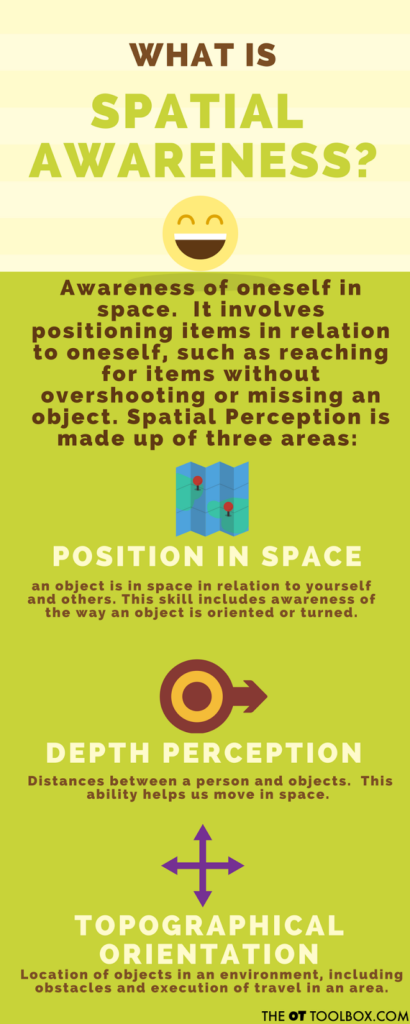
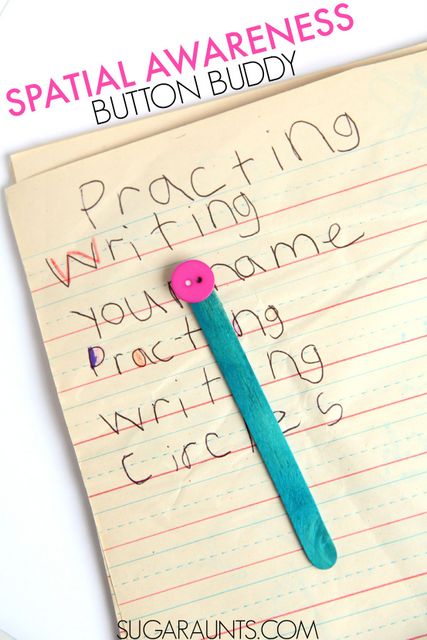
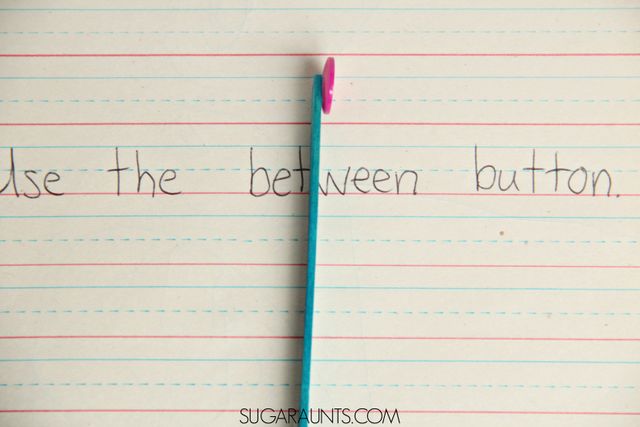
visual spatial relations activities
Addressing spatial awareness can occur with a handwriting spacing tool like the one we made, but other spacing activities can help with visual spatial relations, too. Try some of these activities:
- Create an obstacle course using couch cushions, chairs, blankets, pillows, and other items in the house.
- Try this activity for teaching over, under, around, and through with pretend play.
- Create a paper obstacle course. Draw obstacles on paper and have your child make his /her pencil go through the obstacles. Draw circles, holes, mud pits, and mountains for them to draw lines as their pencil “climbs”, “jumps”, “rolls”, and even erases!
- Write words and letters on graph paper. The lines will work as a guide and also a good spacing activity.
- Use stickers placed along the right margin of to cue the student that they are nearing the edge of paper when writing.
- Highlight writing lines on worksheets.
- Draw boxes for words on worksheets for them to write within.
- Play Simon Says. Print off these Simon Says commands to target specific skill areas in therapy sessions or at home.
- Practice directions. Draw arrows on a paper pointing up, down, left, and right. Ask your child to point to the direction the arrow is pointing. Then have them say the direction the arrows are pointing. Then create actions for each arrow. Up may be jumping. Down may be squatting. The Left arrow might be side sliding to the left, and the Right arrow might be a right high kick. Next, draw more rows of arrows in random order. Ask your child to go through the motions and try to go faster and faster.
spatial awareness Activities
For more multisensory learning and hands-on play incorporating the development of spatial awareness skills, visit these blog posts:
- Visit our Visual Motor Skills page for more activity ideas in all thing visual perception and kids!
- Visual Motor Skills for Kids
- Visual Figure Ground Activities
- Spatial Relations
Spatial Awareness Toys
This post contains affiliate links.
Looking for more tools to improve visual spatial awareness? The toy ideas below are great for improving visual tracking and visual scanning in fun ways. These toys, games, and ideas may be a great gift idea for little ones who have visual perceptual difficulties or problems with spacing and handwriting, body awareness in space, letter reversals, detail awareness, or maintaining place while reading.
SO, save these ideas for grandparents and friends who might ask for gift ideas for birthdays and holidays. These are some powerhouse spatial awareness ideas!
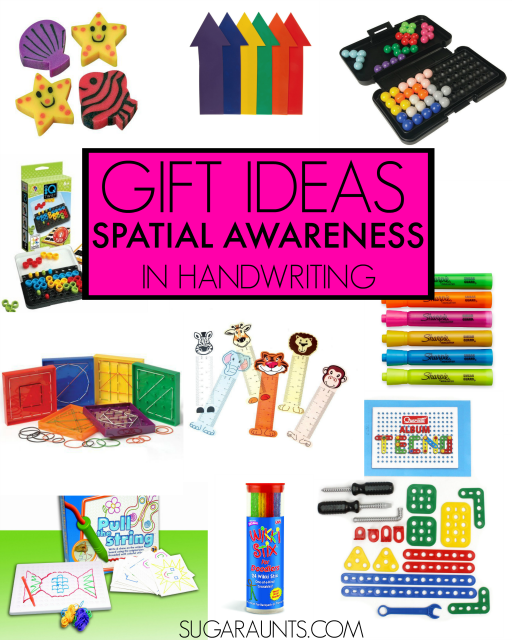
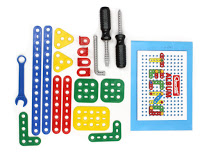
When working on spatial awareness in handwriting, kids can count the number of holes in the pegboard in this Quercetti Tecno Building Toy. (affiliate link) Copy instructions to build 3D structures while working on spacing of pieces and awareness of details in this fun engineering toy.
Mini erasers (affiliate link) as a spacing tool. Kids can write while keeping the small eraser on their desk. When they space out words, use the eraser as a measuring tool, just like our button buddy. You can also encourage them to finish their writing task and then go back and check over their work for spatial concepts with the eraser.
Practice spatial awareness of the edges of the page by using a Clear Rulers. (affiliate link) Kids can place the ruler along the edge of the paper to know when to stop writing and to use as a visual cue. Sometimes kids try to squish a word in at the end of a line when there is not enough room. Line the ruler up along the edge and as they write, they can see that they are nearing the edge of the paper.
Use a highlighter (affiliate link) to draw dots between each word, to provide a visual cue for spacing between words. You can also draw a line along the edge of the paper for a visual cue that the child is nearing the edge of the paper.
Wooden Building Blocks Sets (affiliate link) are powerful ways to support spatial awareness development. Similarly, and great for targeting body awareness related to objects in the area around us, is this DIY cardboard bricks activity which children love.
Spatial Awareness Games
One study found that children who play frequently with puzzles, construction, and board games tend to have better spatial reasoning ability.
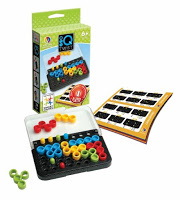
To get the whole family in on a spatial reasoning game while working on placement of pieces, try IQ Twist (affiliate link) for a game of logic as you place pieces in this puzzle.
This related IQ Arrows game (affiliate link) develops spatial relations but is great for adding to an occupational therapy bag. Use the arrows in play dough to work on directionality with heavy work through the hands. Make mini fine motor obstacle courses and other spatial relations activities on a smaller scale.
Kanoodle (affiliate link) works on pattern recognition, spatial reasoning, and is a great way to practice spacing needed in handwriting.
A toy like a geoboard allows a child to copy forms while counting out spaces of pegs. Try these Geoboards. (affiliate link)
Here are more spatial awareness games and specifically spatial reasoning games: These are Amazon affiliate links.
- Mindware Q-bitz Jr.
- Qwirkle Board Game
- Labyrinth Family Board Game
- FoxMind Tangramino Spatial Logic and Visualization Game
- Connectors Mission Space
- ThinkFun Shape by Shape Creative Pattern Logic Game
- Learning Resources Mental Blox Critical Thinking Game
Toys for Body in Space Awareness
These toys specifically address body awareness and directional awareness to help with overall spatial awareness development. Position in space impacts functioning in daily tasks at home and in the community. This plays a part in social emotional development and overall confidence as well. When a child feels confident in their body in space awareness, they can navigate the world around them with ease.
And, in regards to handwriting, sometimes, spacing problems on paper have to do with difficulties with directional awareness.
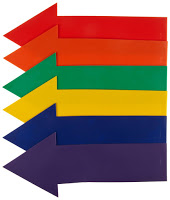
Use Arrows (affiliate link) to start at the basics and practice naming left/write/top/bottom. Use them in whole-body movement activities where the child copies motions based on the arrow placement. Watch to make sure kids are not over stepping their allotted space.
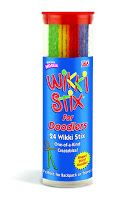
Use Wikki Stix (affiliate link) for spacing on paper with physical cues for margins and spacing. Use the wikki sticks to space between words and a “ball” of the wikki stick to space between words.
Position in Space Toys
- Learning Resources Fox In The Box Position Word Activity Set
- Yoga Body Awareness and Exercise Fun Deck
More Occupational Therapy Toys
- Fine Motor Toys
- Gross Motor Toys
- Pencil Grasp Toys
- Toys for Reluctant Writers
- Toys for Spatial Awareness
- Toys for Visual Tracking
- Toys for Sensory Play
- Bilateral Coordination Toys
- Games for Executive Functioning Skills
- Toys and Tools to Improve Visual Perception
- Toys to Help with Scissors Skills
- Toys for Attention and Focus
Printable List of Toys for Spatial Awareness
Want a printable copy of our therapist-recommended toys to support spatial awareness?
As therapy professionals, we LOVE to recommend therapy toys that build skills! This toy list is done for you so you don’t need to recreate the wheel.
Your therapy caseload will love these SPATIAL AWARENESS toy recommendations. (There’s space on this handout for you to write in your own toy suggestions, to meet the client’s individual needs, too!)
Enter your email address into the form below. The OT Toolbox Member’s Club Members can access this handout inside the dashboard, under Educational Handouts. Just be sure to log into your account, first!

Colleen Beck, OTR/L has been an occupational therapist since 2000, working in school-based, hand therapy, outpatient peds, EI, and SNF. Colleen created The OT Toolbox to inspire therapists, teachers, and parents with easy and fun tools to help children thrive. Read her story about going from an OT making $3/hour (after paying for kids’ childcare) to a full-time OT resource creator for millions of readers. Want to collaborate? Send an email to contact@theottoolbox.com.


